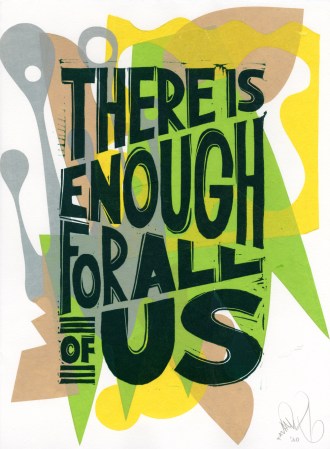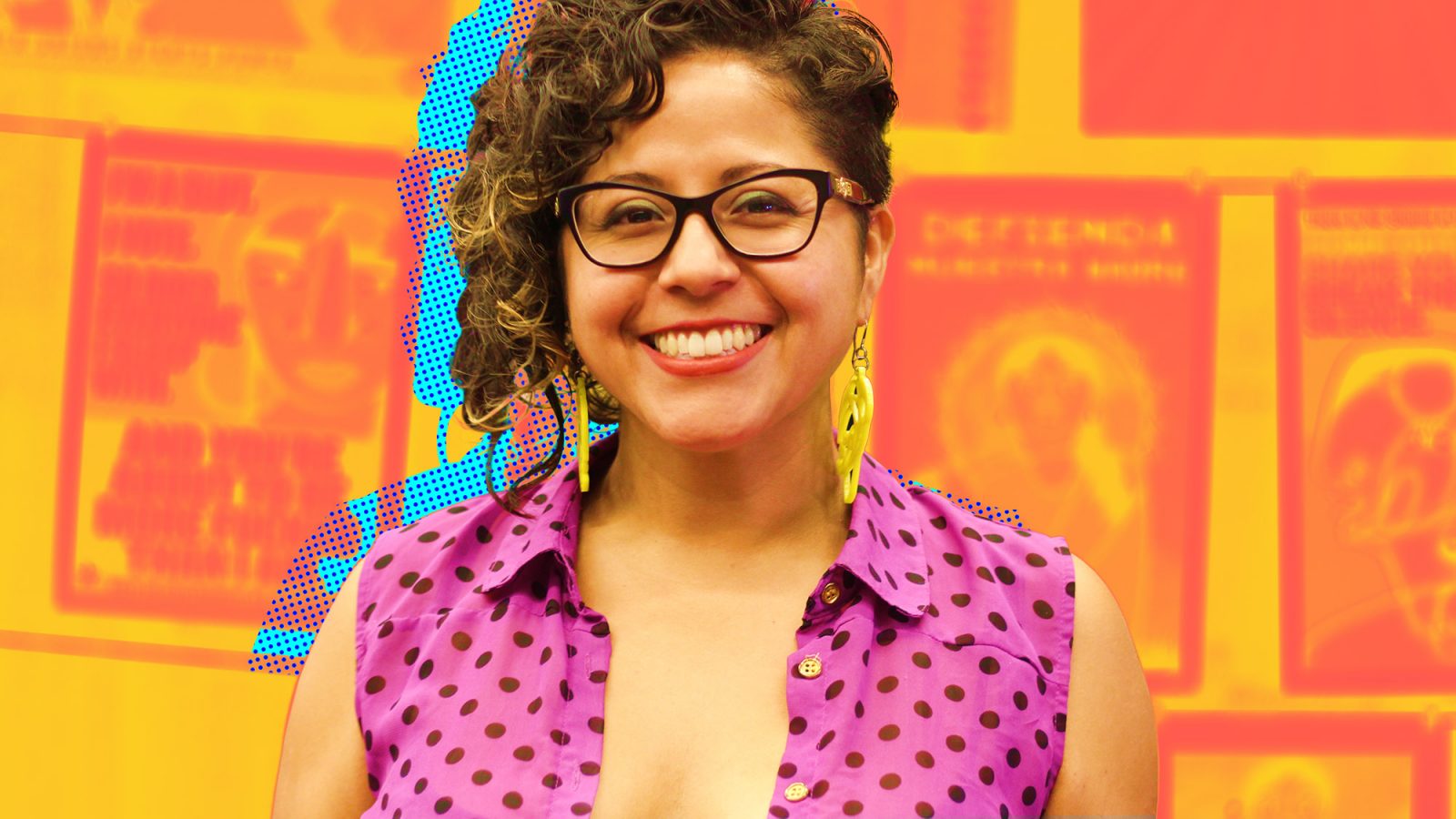Growing up in the Bay Area, 2018 Grist 50 Fixer Favianna Rodriguez witnessed firsthand the impact that pollution and racial injustice had on her friends and family. Now an interdisciplinary artist and activist whose most recognizable work includes social justice posters and social media content, she connects the dots between climate change, justice, and an extractive economy — that is to say, one that exploits many for the benefit of a few.
To arrive at policies that can correct these problems, she says, people first need to see that a new path is possible. Art can lead the way. “Art helps us imagine the world in a different way, and it can also illuminate what is not [so easily] seen,” Rodriguez says. “In doing so, art can help us imagine solutions to move forward.”
The organization she leads, the Center for Cultural Power, just released a COVID-19 cultural-strategy activation guide designed to help people build their own artistic narratives to advance social and environmental equity in a time of strife. Rodriguez spoke with Grist about why art matters in a time of social crisis — and how regular people can be more involved.
Her remarks have been edited for length and clarity.
Paint the whole picture
As a woman of color who grew up in a polluted neighborhood in East Oakland, so many of my friends had asthma. It was also a food desert. That, combined with other issues like police brutality, anti-immigrant sentiment, and general neglect from the state really shaped my perspective on climate change.
Too often when we talk about climate change, we talk about global warming, or we talk about the loss of species or rising sea levels or the melting glaciers. But in reality, climate change is the result of racial injustice and a system of extraction. I don’t believe we can have a conversation on climate without having a conversation on racial justice and without understanding the roots of how we arrived at a belief system that said it was OK to exploit the earth. And we have to be able to show the full perspective of what that really looks like. That’s what I think artists should do.

Courtesy of Favianna Rodriguez
Tell a story of justice
In social justice, so much of the way we organize people is through data. But too often that data doesn’t really inspire our hearts, and data is not usually delivered in the form of a story. Right now, there is an opportunity for us to tell a new story. But this new story is not just saying, “We demand this, or we need this.” A new story is also helping to create and visualize that.
That’s why I believe that art is powerful, and it’s also why we created a guide specifically for artists. That’s who we organize. It’s really important to give them tools, especially right now. In the time of COVID-19, we are seeing things exposed that were not exposed before. We’re seeing the fractures in the narrative of capitalism.
When you’re doing work against racism and on gender equity, you’re doing work around climate, too. We need art that actually helps people understand the root causes of climate change. It’s clear that white supremacy and, really, patriarchy are at the root of how we exploit the earth — and it’s clear that we use human labor, often from vulnerable communities, to exploit the earth.
Create new narratives
I encourage artists to follow groups who are really exposing these issues, like Zero Hour. You can also follow the #climatewoke hashtag, and groups like Sunrise Movement that are making the intersection between climate and race explicit.
We need more artists in climate, and I think it’s important for people who care about climate to be committed to telling intersectional stories. Unfortunately, we have too many white spokespeople — when people think about artists engaged in climate, they think of Leonardo DiCaprio. We need to move away from white men holding this narrative and instead help inspire communities of color. And that’s going to be through storytelling; through telling a different kind of story around climate that really speaks to a lived experience that is not just a white one.



